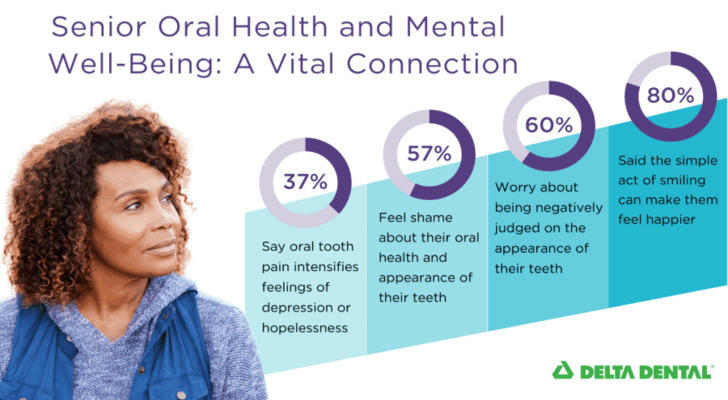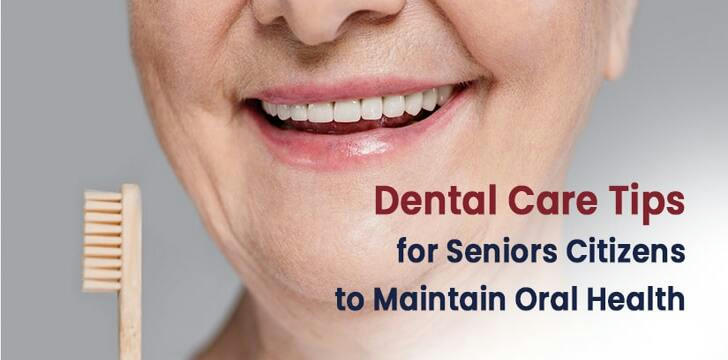Taking Care of Smiles——Addressing Common Dental Issues in Middle-aged and Older Adults

As we grow older, our teeth may face some challenges. Let's talk about common dental issues experienced by middle-aged and older adults, what causes them, and how to find help from a professional dentist. We'll also look at some real-life examples to understand better how these problems were handled.
Common Dental Problems and What Causes Them:
Tooth Decay
Everyone knows about tooth decay, but it's still a big problem for many people. As we age, old fillings can weaken, or new decay can form if we don’t keep up with good brushing and flossing habits.Gum Disease
Gum disease, or gingivitis when it starts, is an inflammation of the gums that can cause them to pull away from the teeth. It's often caused by bacteria in plaque and can lead to more serious issues if not treated.Tooth Sensitivity
Over time, teeth can become more sensitive to hot, cold, sweet, or acidic foods. This can be due to exposure of tooth roots as gums recede, or because of enamel wear.Tooth Wear
Chewing, grinding, and acid erosion can all wear down tooth enamel. Over time, this can lead to shortened or cracked teeth, and even tooth loss.Dry Mouth
Dry mouth isn’t just uncomfortable; it can increase the risk of tooth decay and gum disease because there’s less saliva to wash away food particles and neutralize acids.
Finding Help and Treatment:

When dental problems arise, it's essential to see a dentist. Here are the steps to take:
Find a Dentist
Ask friends, family, or your doctor for recommendations. Many dental associations also have websites where you can find a local dentist.Book an Appointment
Call the dental office and explain that you're seeking help for dental issues as a middleaged or older adult. They will schedule you for an examination.Prepare for Your Visit
Make a list of any dental symptoms or problems you have, and be ready to discuss your medical history and any medications you take. Don't forget to mention if you feel anxious about dental visits.Follow Up
After the visit, follow your dentist's advice for treatment, which might include cleanings, fillings, specialized mouthwashes, or other procedures. Make sure to go to all scheduled follow-up appointments.
Real-Life Case Studies:
Case Study 1: Mr. Johnson, Age 60

Mr. Johnson had been out of the dentist's chair for over a decade. He noticed his gums were sore and would bleed when he brushed his teeth. At his son's urging, he visited a local dentist who diagnosed him with moderate gum disease. After a deep cleaning session and instructions on better oral care, Mr. Johnson started to see improvement.
Case Study 2: Mrs. Garcia, Age 72

Mrs. Garcia loved her morning coffee but began to experience sensitivity to hot beverages. Her dentist identified worn tooth enamel as the culprit. He recommended a special toothpaste for sensitive teeth and a mouthguard to protect against nighttime grinding. Within a few months, Mrs. Garcia's discomfort was greatly reduced.
Conclusion:

Dental problems among middle-aged and older adults are common but don't have to be overwhelming. By understanding the most frequent issues and seeking prompt, professional dental care, many of these conditions can be managed or resolved entirely. Remember, taking care of your teeth is an investment in both your health and your smile.
